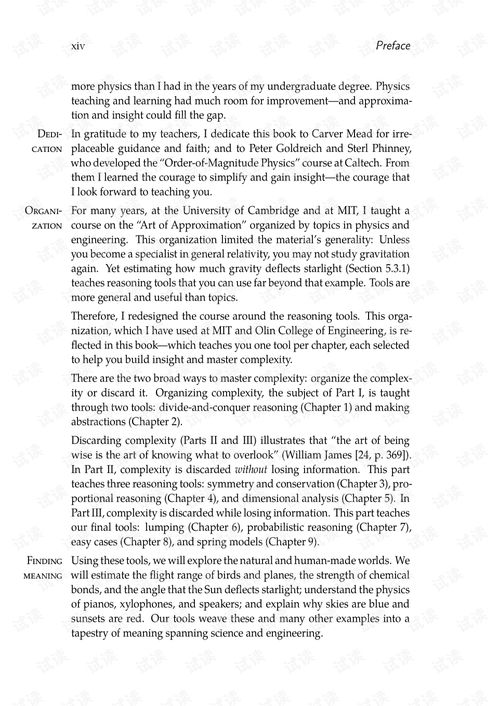Content:
Fishing in reservoirs can be an incredibly rewarding experience, offering vast open waters and abundant fish populations. However, to truly excel in this type of fishing, it's crucial to master the art of bottom-finding. Knowing how to locate the bottom effectively can significantly improve your chances of catching more fish. In this article, we will delve into the essential techniques for finding the bottom in reservoirs and provide you with practical tips to enhance your fishing skills.
Understanding the Importance of Finding the Bottom
Before we dive into the techniques, it's important to understand why finding the bottom is so crucial. The bottom of a reservoir is often a prime location for fish to feed and rest. It provides shelter from predators, protection from the elements, and access to food sources. By locating the bottom, you can pinpoint areas where fish are likely to be, thereby increasing your chances of a successful catch.
Use the Right Equipment
The first step in finding the bottom is to ensure you have the right equipment. Here are some essential tools:
- Fishing Rod and Reel: A medium-heavy action rod paired with a quality reel is ideal for reservoir fishing. This setup allows you to cast long distances and handle larger fish.
- Lure or Bait: Depending on the fish species you're targeting, choose the appropriate lure or bait. For example, if you're fishing for bass, consider using a spinnerbait or a plastic worm.
- Fishfinder: A fishfinder is an invaluable tool for locating the bottom and identifying fish in the water column. It can help you understand the structure of the reservoir and find areas with a concentration of fish.
- Depth Finder: A depth finder is similar to a fishfinder but focuses solely on measuring the depth of the water. This is useful for confirming that you are indeed on the bottom.
Cast and Retrieve Methodically
Once you have your equipment ready, it's time to start fishing. Here's a step-by-step approach to casting and retrieving:
- Cast: Cast your lure or bait out into the water, aiming for a specific area where you believe the bottom may be.
- Retrieve: Start retrieving your lure or bait at a slow and steady pace. Pay close attention to the line and rod tip for any signs of resistance or movement.
- Feel for the Bottom: As you retrieve, feel for the bottom with your rod tip. You should feel a slight tap or resistance when you reach the bottom. This indicates that you are on the correct depth.
- Adjust as Needed: If you don't feel the bottom, adjust your casting distance or angle until you do.
Use a Variety of Techniques

There are several techniques you can use to improve your bottom-finding skills:
- Trolling: Trolling involves slowly moving your lure or bait through the water while reeling. This method can cover a large area and help you locate the bottom quickly.
- Jigging: Jigging involves bouncing your lure or bait up and down along the bottom. This technique is particularly effective for targeting fish that are holding close to the bottom.
- Carolina Rig: The Carolina rig is a popular technique for reservoir fishing. It involves rigging a soft plastic worm or lure on a special rig that allows it to sink slowly to the bottom, where it can attract fish.
Pay Attention to the Water Conditions
Water conditions can greatly affect your bottom-finding efforts. Here are some factors to consider:
- Water Temperature: Fish are more active in warmer water, so focus on areas with warmer temperatures during the cooler months.
- Water Clarity: Clear water can be challenging to fish in, as it makes it harder to see the bottom. In such conditions, use a lighter lure or bait to minimize disturbances.
- Wind: Wind can affect the way your lure or bait moves through the water. Try to cast into the wind to keep your lure or bait on target.
Practice and Patience
Lastly, remember that finding the bottom is a skill that takes practice and patience. Don't get discouraged if you don't find the bottom on your first attempt. Keep experimenting with different techniques and locations until you become more proficient.
By mastering the art of bottom-finding in reservoirs, you'll be well on your way to becoming a more successful fisherman. With the right equipment, techniques, and attention to water conditions, you'll be able to pinpoint the bottom and increase your chances of catching more fish. Happy fishing!












